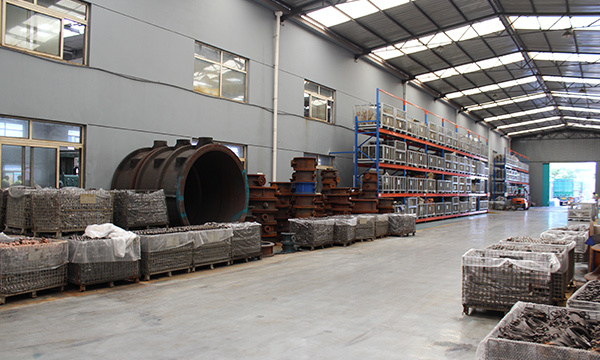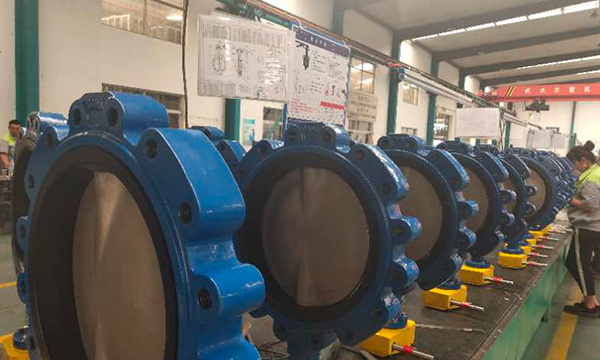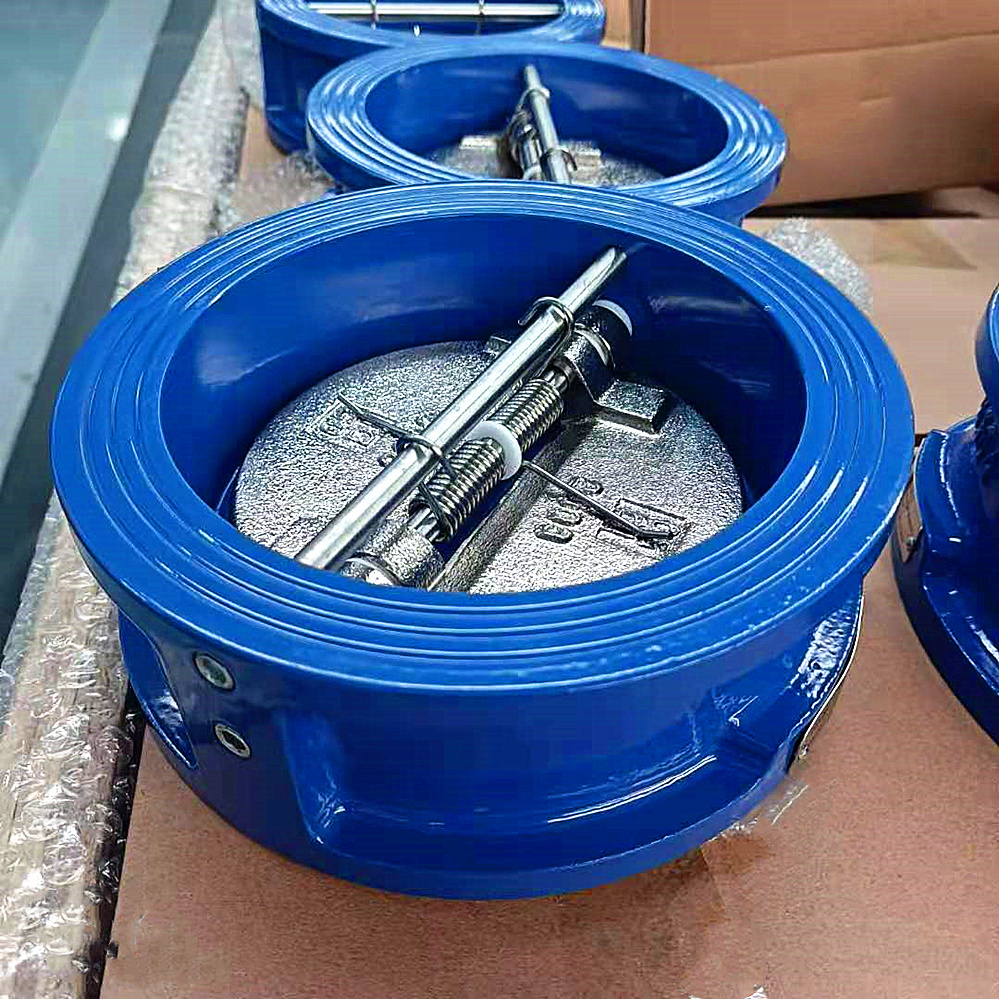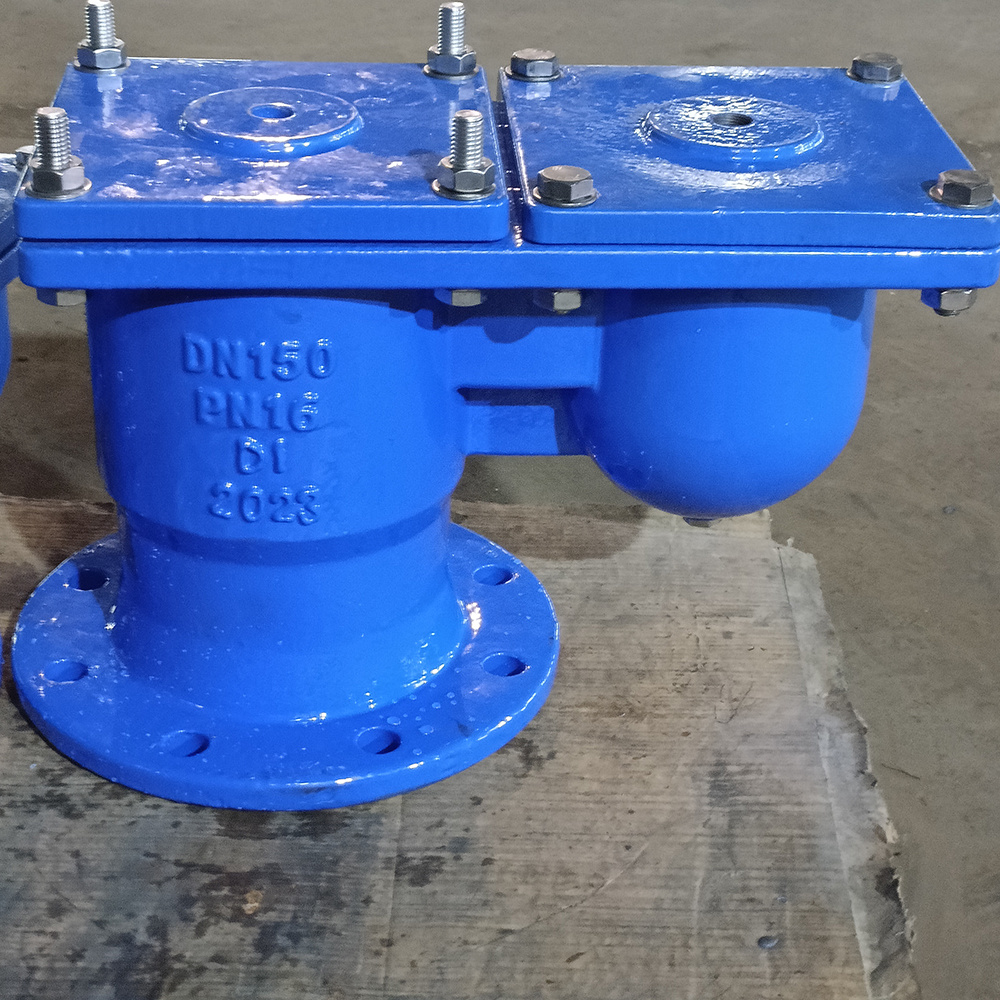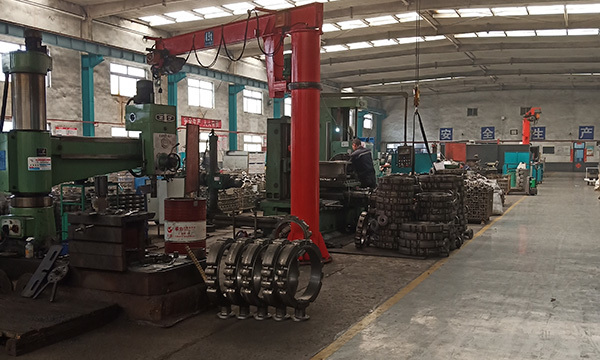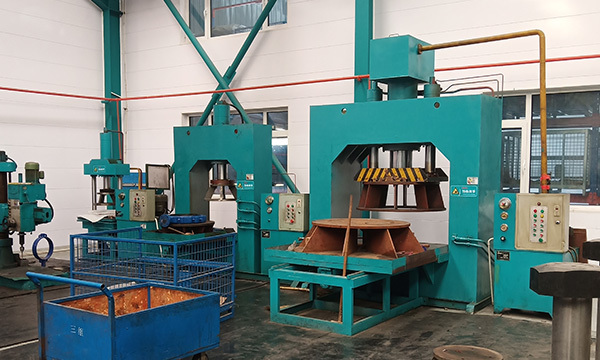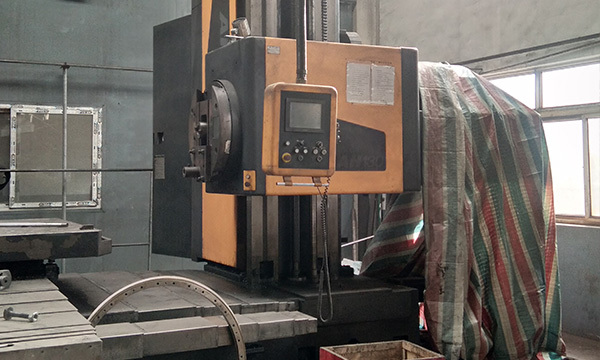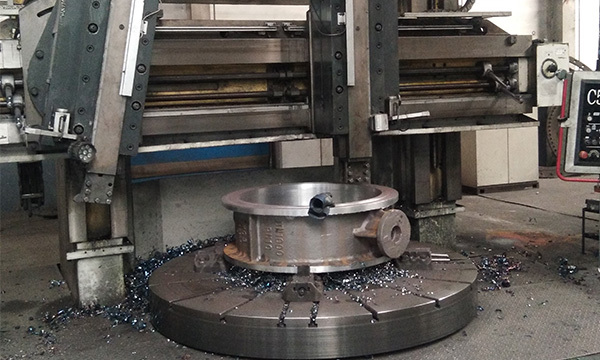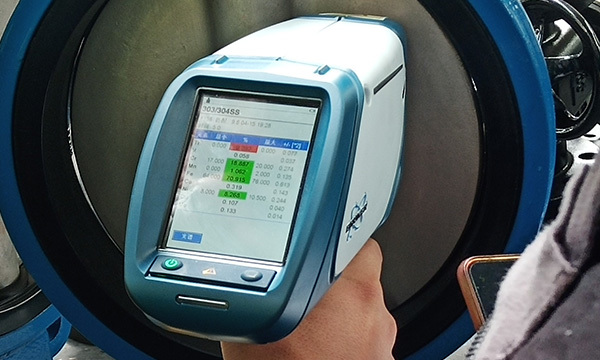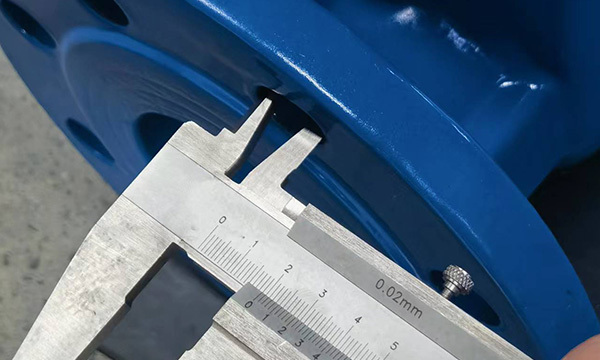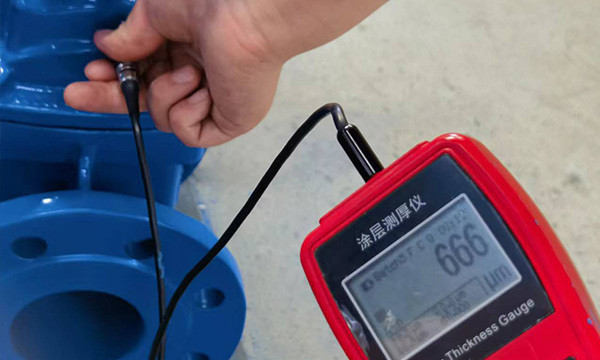Understanding Wafer Butterfly Valves: Key Insights for Industrial Applications
2025-04-11
Wafer butterfly valves are increasingly favored in industrial applications for their compact design, lightweight nature, and efficient operation. These valves consist of a circular disc that rotates around a central axis, allowing for quick and effective flow control in pipelines. Unlike traditional valves, wafer butterfly valves are installed between two flanges, eliminating the need for additional support structures, which can lead to reduced installation costs and space savings.
One of the most notable advantages of wafer butterfly valves is their ability to handle a variety of media, including liquids, gases, and slurries. This versatility makes them suitable for use in various industries, such as water treatment, chemical processing, and HVAC systems. Furthermore, their simple design minimizes potential leak points, which enhances reliability and reduces maintenance needs.
When considering wafer butterfly valves, it's crucial to evaluate their material composition. Common materials include cast iron, stainless steel, and plastic, each offering different benefits depending on the application. For instance, stainless steel is well-suited for corrosive environments, while plastic valves are often used in less demanding settings due to their affordability and lightweight characteristics.
Another important aspect is the valve's sealing mechanism. Wafer butterfly valves typically utilize elastomeric seals, which provide a tight shut-off and are essential for applications where leakage cannot be tolerated. It's advisable to choose a valve with seals that are compatible with the specific media being handled to ensure optimal performance and longevity.
In terms of operational considerations, it's essential to understand the valve's pressure and temperature ratings. These specifications dictate the valve's suitability for various applications and environments. Always refer to manufacturer guidelines to ensure that the selected valve meets the operational demands of your application.
Additionally, when integrating wafer butterfly valves into a system, proper sizing is critical. An undersized valve can lead to excessive pressure drops and inefficient flow, while an oversized valve may not adequately control the flow, leading to turbulence and wear. Using flow calculation tools can assist in determining the appropriate size for your specific requirements.
Finally, while wafer butterfly valves are generally easy to operate, training personnel on their correct usage and maintenance is vital for optimal performance. Regular inspections and routine maintenance can help identify potential issues before they escalate, ensuring a reliable and efficient operation.
In conclusion, wafer butterfly valves are an invaluable component in various industrial sectors. By understanding their design, materials, and operational guidelines, professionals can make informed decisions that enhance system efficiency and reliability.
Wafer butterfly valve


